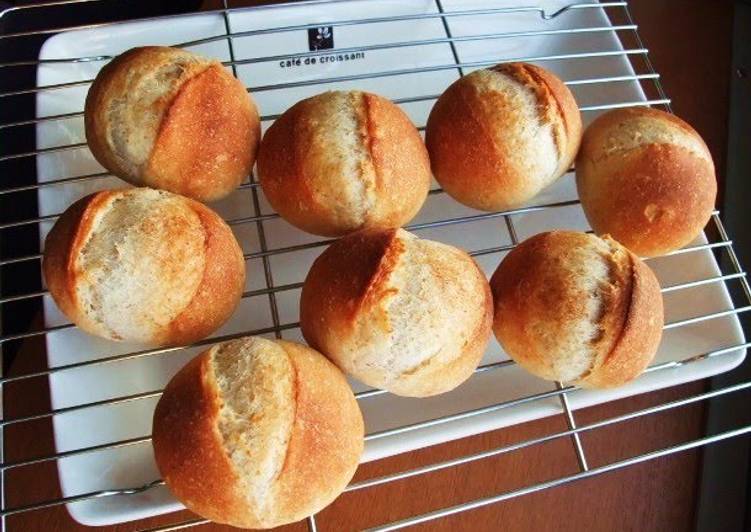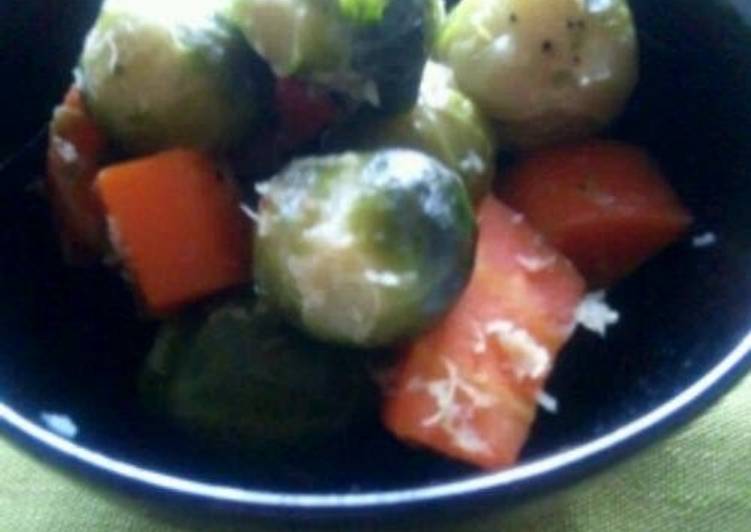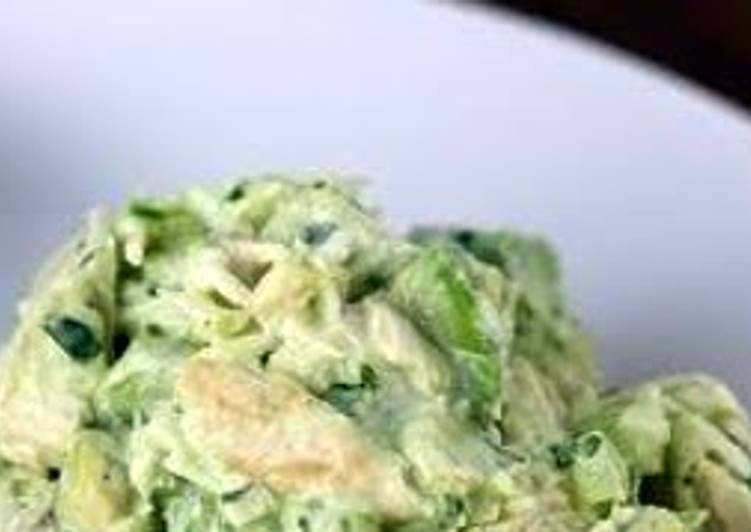
Hey everyone, it’s me again, Dan, welcome to our recipe site. Today, we’re going to make a special dish, introduction to hard bread - small french rolls. One of my favorites food recipes. This time, I’m gonna make it a little bit tasty. This will be really delicious.
A super easy and delicious Bread Roll recipe to Begin my Introduction to bread series. SUBSCRIBE so you never miss a new Следующее. Strawberry Cream Cheese French Toast Roll-Up.
Introduction to Hard Bread - Small French Rolls is one of the most favored of recent trending foods on earth. It is appreciated by millions daily. It’s easy, it is fast, it tastes yummy. They’re nice and they look wonderful. Introduction to Hard Bread - Small French Rolls is something that I’ve loved my whole life.
To begin with this recipe, we have to first prepare a few ingredients. You can have introduction to hard bread - small french rolls using 7 ingredients and 8 steps. Here is how you cook that.
The ingredients needed to make Introduction to Hard Bread - Small French Rolls:
- Make ready 180 grams ●French bread / baguette flour
- Make ready 20 grams ●Whole wheat flour
- Take 3 grams ●Roasted salt
- Prepare 2 grams ●Instant dry yeast
- Take 120 grams Water
- Get 1 tsp Honey
- Get 1 Bench flour
A bread roll is a small, often round loaf of bread served as a meal accompaniment (eaten plain or with butter). A roll can be served and eaten whole or cut transversely and dressed with filling between the two halves. How to Make Brotchen (German Hard Rolls). "Kipfen - wecken - semmel - weggli - schrippe - feierabend brotchen - rundstuck" - these are all German words for the very common small, white round roll that you see in breakfast bread baskets in Germany and Austria. Soft, pillowy bread rolls made using a special Japanese technique.
Steps to make Introduction to Hard Bread - Small French Rolls:
- Add the water, French bread flour, whole wheat flour, roasted salt, and instant dry yeast. Set the "kneading" stage on your Home Bakery machine for 6 minutes. Add honey after 30 seconds of kneading. Then program your machine to "proof" for 40 minutes.
- Dust your work surface with bench flour and de-gas the dough. Weigh the dough, divide into eight pieces, roll them into rounds, and rest (bench time) for 15 minutes covered with a damp towel.
- Lightly de-gas and roll into rounds. Line the dough balls on parchment paper, cover with a plastic wrap and proof again for 30-35 minutes.
- Preheat the oven to 240℃ with the baking tray inside as well. Put oil into a dropper for use on step 5.
- When the oven is preheated, score the dough (or make incisions with scissors), and drop 3~4 drops of oil into the slices (optional).
- Take the tray out of the oven, place on the baking sheet with your dough balls, and mist the entire pan with water using a spray bottle (about 5 sprays).
- Put the dough in the oven, spray the oven with water (5~6 sprays), and bake at 230℃ for 8 minutes and 30 seconds. Lower the oven to 200℃ and bake for another 5 minutes (total baking time is 13 minutes and 30 seconds).
- Cool the bread on a rack and store.
To make the tangzhong: Combine all of the ingredients in a small saucepan, and whisk until no lumps remain. Place the saucepan over low heat, and cook the mixture, whisking constantly, until thick and the whisk leaves. No-Oven Bread Rolls - I've been asked several times if my Bread Rolls recipe can be made without an Oven. It's advisable to make small rolls from the dough so that the bread can get cooked on the inside on time. The best pan to use to cook the Bread is the cast iron pan but in the absence of that.
So that’s going to wrap this up with this special food introduction to hard bread - small french rolls recipe. Thanks so much for your time. I’m sure that you can make this at home. There’s gonna be interesting food at home recipes coming up. Remember to save this page on your browser, and share it to your family, friends and colleague. Thank you for reading. Go on get cooking!


